 Written by Kyle Higgins,
Written by Kyle Higgins,
and Joe Clark
Art by Ramón K. Pérez
Published by Image Comics
Deep Cuts, the six-issue anthology series from Image Comics, presents itself as a sprawling, ambitious love letter to jazz, tracing the evolution of the genre from its roots in the early 20th century through to the late 1970s.
Written by Kyle Higgins and Joe Clark, two creators whose work I typically admire, the series spans over six decades, capturing key moments in jazz history through the lens of musicians, dreamers, and those on the fringes of the musical world. As much as I respect their craft and creativity,
I found Deep Cuts to be a bit too niche for my taste. While the project is artistically impressive, it didn’t resonate with me in the way I had hoped—and frankly, it’s not the best work I’ve seen from Higgins and Clark.
The Ambition of the Story
Higgins and Clark are no strangers to ambitious storytelling. I’m a fan of their previous works (Radiant Black and C.O.W.L. come to mind), and I’ve always appreciated their ability to mix complex characters with sweeping narratives. In Deep Cuts, they dive deep into jazz’s rich history, exploring the genre across various time periods—starting in 1910s New Orleans and ending in 1977. Each issue in this anthology focuses on a different character and a unique moment in jazz’s evolution, whether it’s a young trumpet player trying to make a name for himself or a session musician grappling with the commercialization of the art form.
From a historical perspective, Deep Cuts is meticulously researched, and the creators’ passion for jazz shines through in every panel. Higgins and Clark clearly know their stuff, and for readers who are deeply invested in the world of jazz, this series will feel like a treasure trove of references and nods to real-life musicians and moments in music history. However, this deep connection to jazz, while impressive, also created a barrier for me.
As someone who enjoys jazz but doesn’t have a profound emotional attachment to the genre, I often felt like an outsider looking in. The stories seemed designed to tug at the heartstrings of readers who live and breathe jazz, but for those of us without that same passion, the stakes didn’t always feel as impactful. While I could appreciate what Higgins and Clark were trying to accomplish, I found myself more interested in the historical settings than the emotional journeys of the characters.
Subtle Connections That Don’t Quite Hit
There’s a subtle interconnectedness woven throughout the anthology, with characters and events sometimes crossing over between issues. For example, a musician mentioned in passing in one story might appear as a side character in another, or a theme from an earlier issue will echo in a later one. I’m typically a fan of this kind of narrative weaving—when it works, it can provide satisfying moments of realization and thematic resonance.
However, in Deep Cuts, these connections felt too subtle to make a huge difference. The stories are more like individual vignettes than parts of a larger narrative, and while the links between them are there, they didn’t have a strong enough impact to elevate the series as a whole. It’s the kind of storytelling device that might have worked brilliantly if the connections were more pronounced or if the anthology had a clearer throughline. But as it stands, the interconnectedness felt more like an added flourish rather than something that truly enhanced the reading experience.
Writing: Jazz as Narrative Structure
One of the things I’ve always admired about Higgins and Clark is their willingness to experiment with narrative structure, and in Deep Cuts, they take that experimentation to new heights. The pacing and structure of each issue are almost jazz-like in their unpredictability—sometimes slow and simmering, sometimes explosive and chaotic. The dialogue is period-appropriate and steeped in the rhythms of jazz culture, which adds authenticity to each era the series visits.
However, this improvisational approach to storytelling was a double-edged sword for me. Jazz is a genre that thrives on unpredictability and free-flowing expression, and Higgins and Clark attempt to capture that spirit in their writing. Some issues feel like a slow build, with character arcs unfolding like a carefully crafted melody, while others burst out of the gate with drama and tension, only to taper off into quieter moments. It’s an impressive feat of structure, but for me, the pacing felt inconsistent and sometimes frustrating.
When the writing was slow, it felt too slow, like I was waiting for something to click that never quite did. When it picked up, it occasionally felt like the narrative moved too quickly to fully engage with the characters’ emotional stakes. While I applaud the effort to mirror jazz’s improvisational nature in the storytelling, I found myself craving a bit more narrative cohesion.
Art: Visualizing the Music
Where Deep Cuts truly excels is in its art. The rotating team of artists, including Danilo Beyruth, Helena Masellis, and Igor Monti, each bring their own distinctive style to the table, giving each era its own visual identity. The art style shifts between issues, capturing the mood and aesthetic of each time period—whether it’s the bustling, gritty streets of 1910s New Orleans or the shadowy, neon-drenched jazz clubs of the 1960s.
One of the series’ biggest strengths is how the art conveys the music itself. In moments where characters are performing, the panels explode with energy and movement. Lines become fluid, colors pulse with rhythm, and the scenes feel alive, as though the music is leaping off the page. Even though I didn’t always connect with the stories, the art was captivating enough to keep me invested. These musical sequences are a visual treat, creating a synesthetic experience that makes jazz feel almost tangible.
For all the moments where the narrative didn’t quite land for me, the art was consistently a highlight. It’s clear that the artists understood the emotional weight of the music they were representing and found creative ways to translate that into the visual medium.
Final Thoughts: A Love Letter to Jazz, But Not My Favorite From Higgins and Clark
At its core, Deep Cuts is a beautifully crafted ode to jazz, and there’s no denying that Higgins and Clark poured their passion for the genre into every issue. The historical depth, the detailed settings, and the authentic dialogue all speak to the creators’ love for the music and the culture surrounding it. For readers who share that same love for jazz, Deep Cuts might feel like a masterpiece.
But for me, as much as I admire both Higgins and Clark as storytellers, this wasn’t their best work. I can appreciate the technical mastery and artistic ambition behind the series, but I didn’t find myself connecting with the stories on an emotional level. The subtle interconnectedness between issues was a nice touch, but not enough to create the kind of narrative resonance I was hoping for. Ultimately, Deep Cuts feels tailored for a very specific audience—one that has a deep appreciation for jazz and its history. And while I can respect that from a distance, this particular symphony just wasn’t for me.
Rating: 7/10 – A rich, immersive experience for jazz lovers, but for others, it might feel like a beautifully played tune that just doesn’t quite strike the right chord.




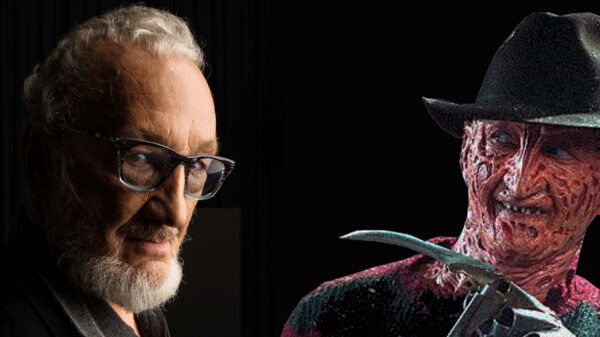
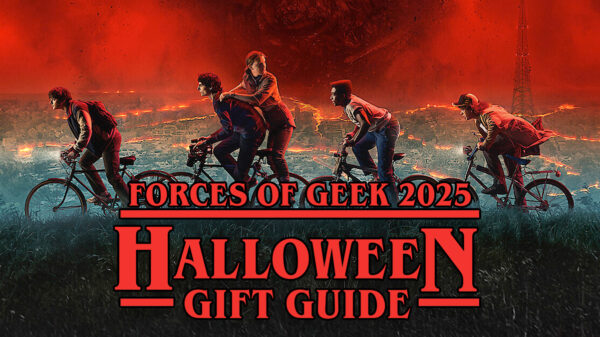
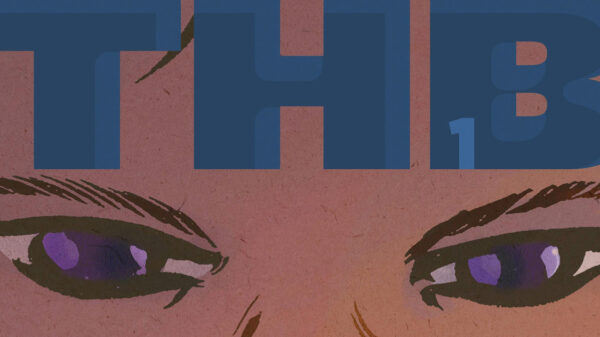

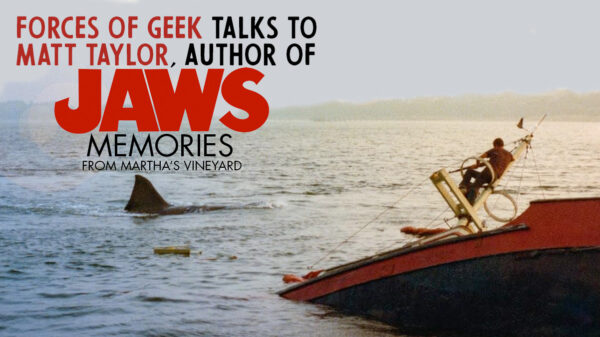
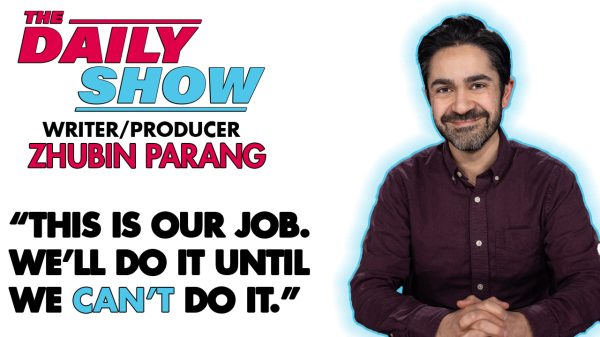
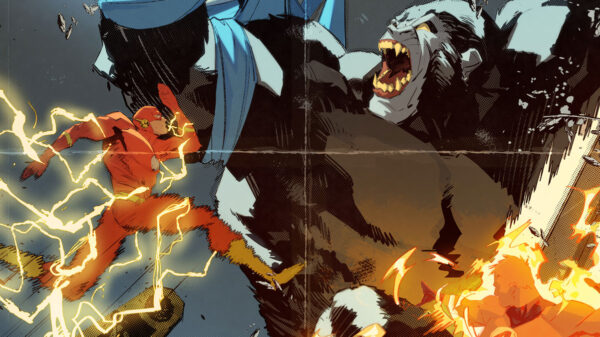
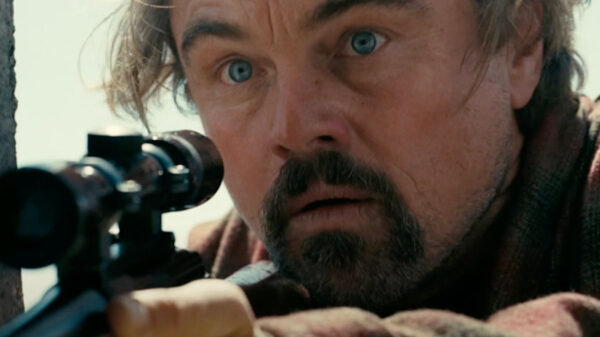
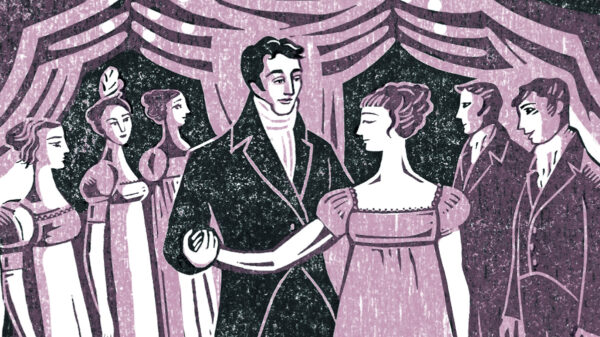
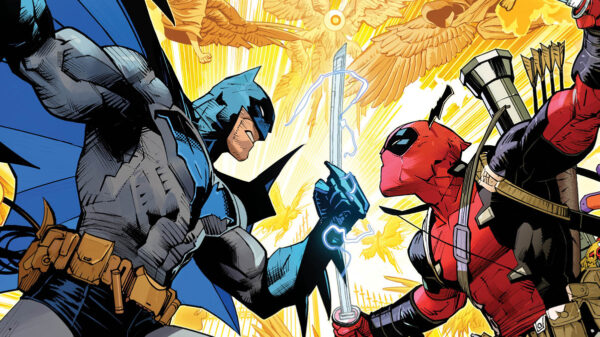
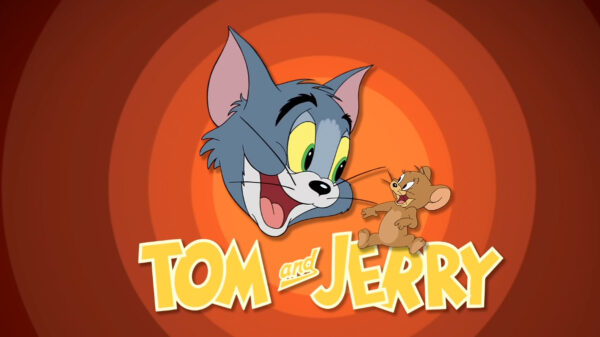



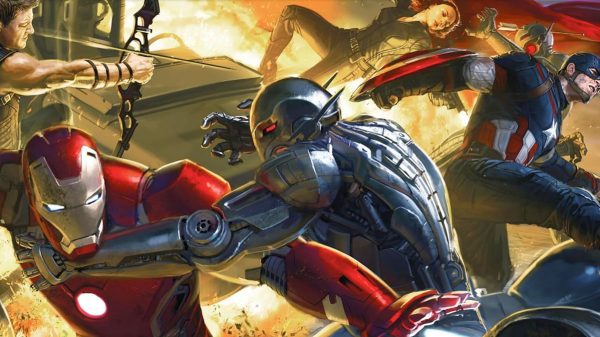

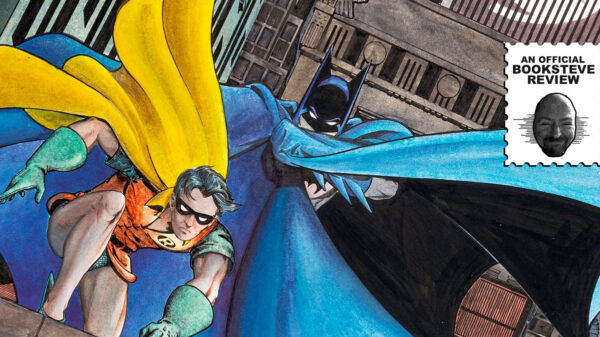
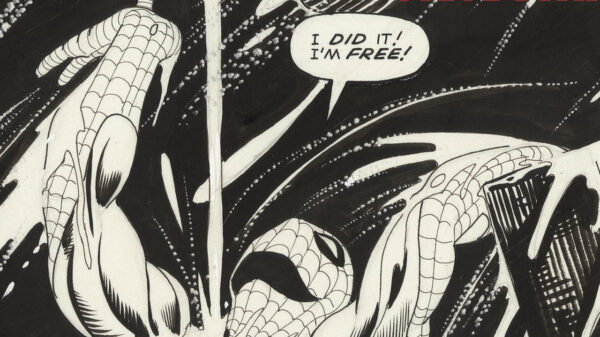
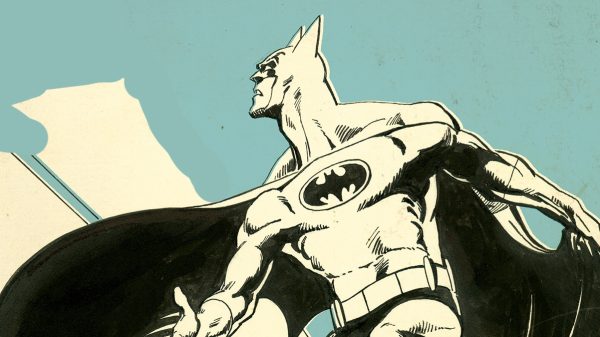

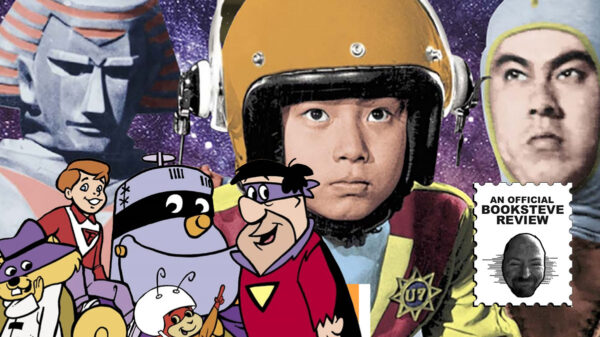
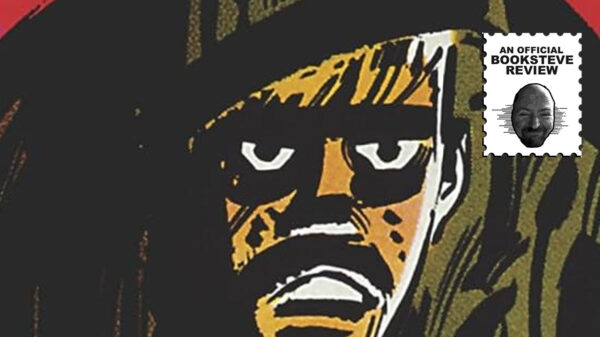
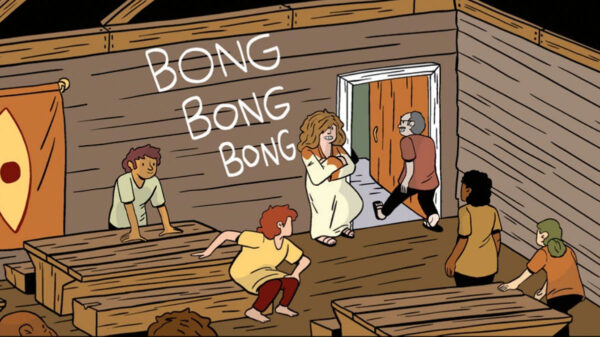
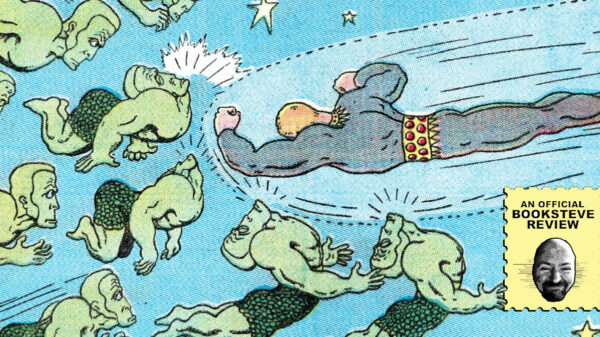
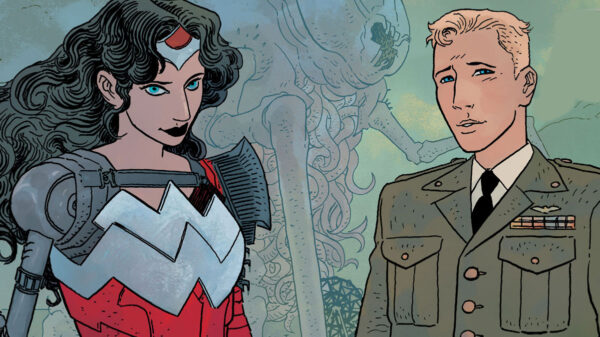









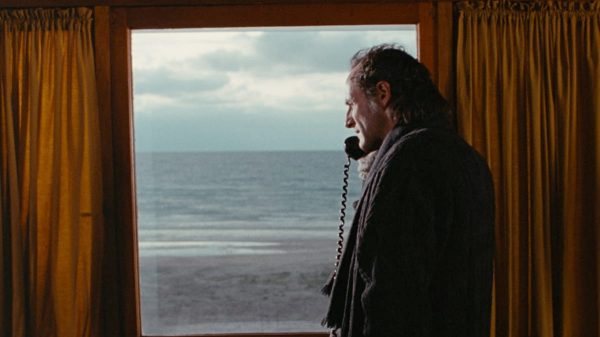

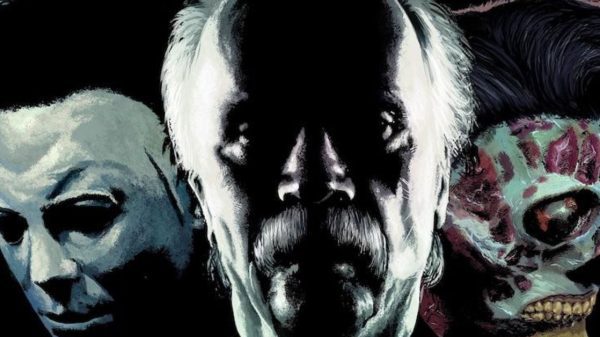
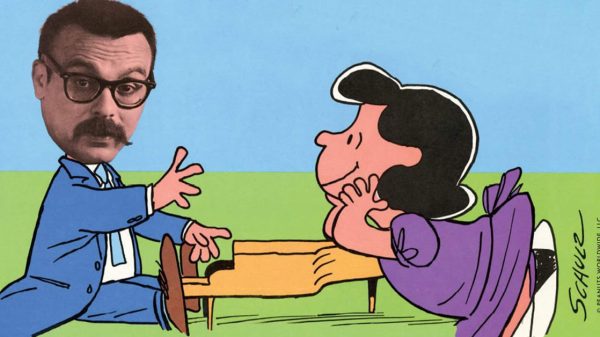
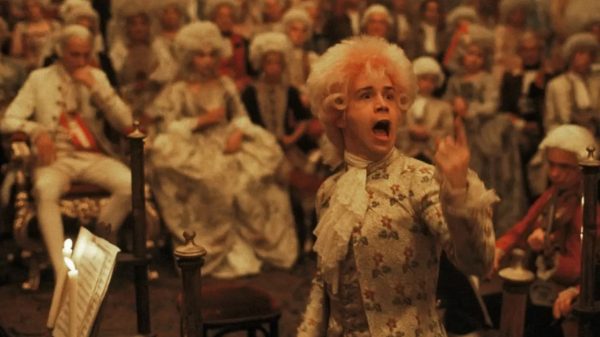











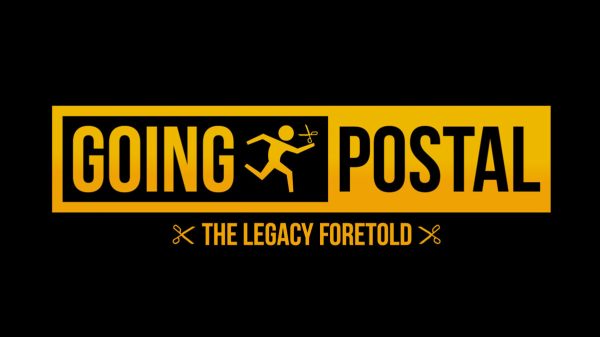
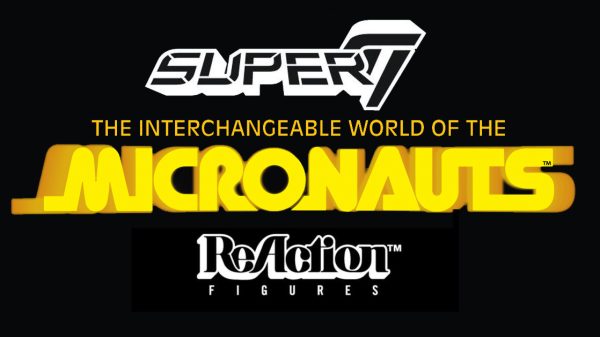
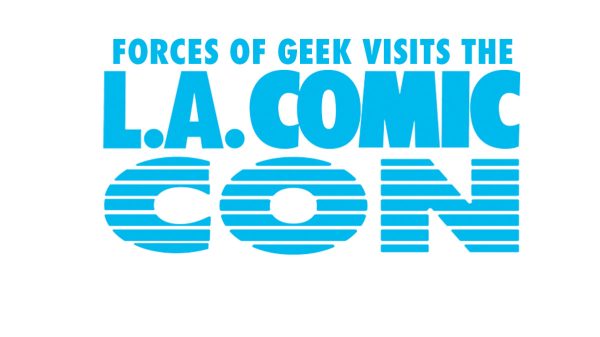
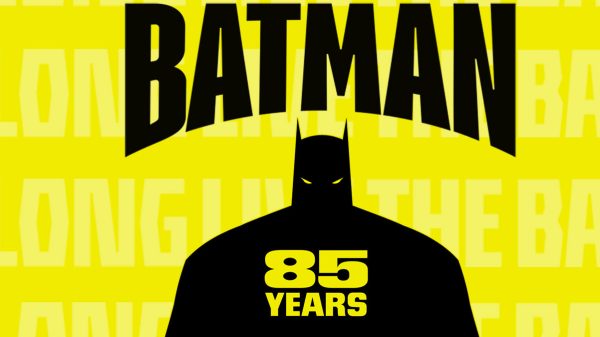


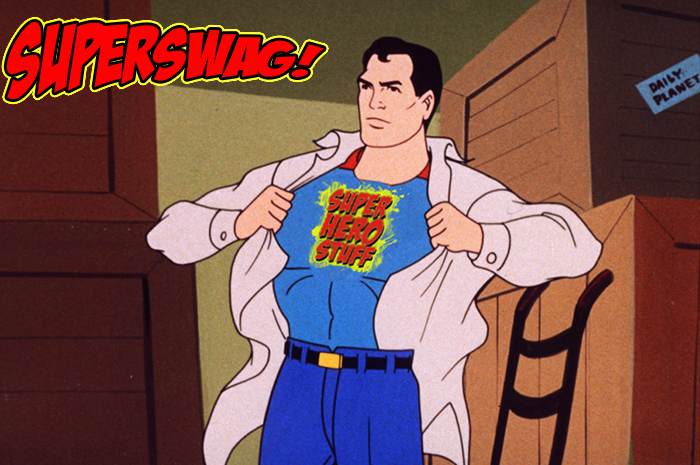

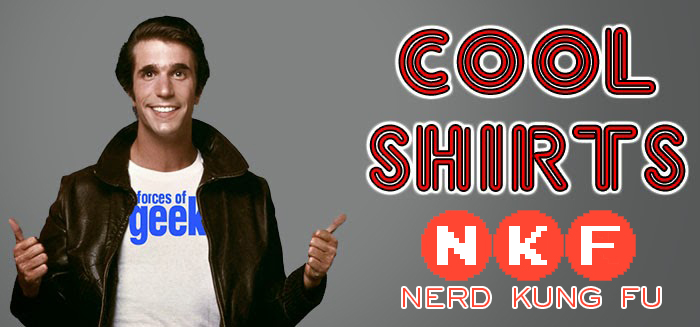
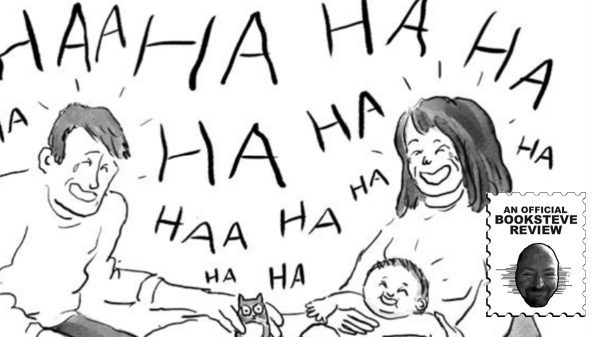



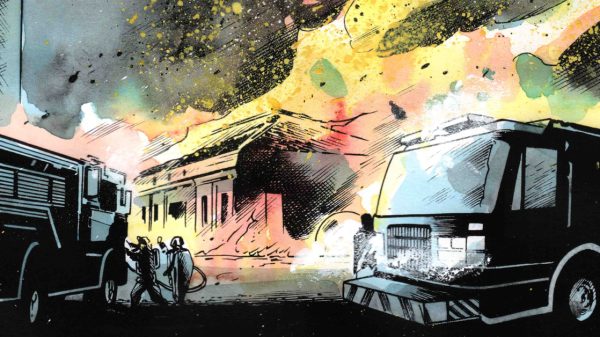














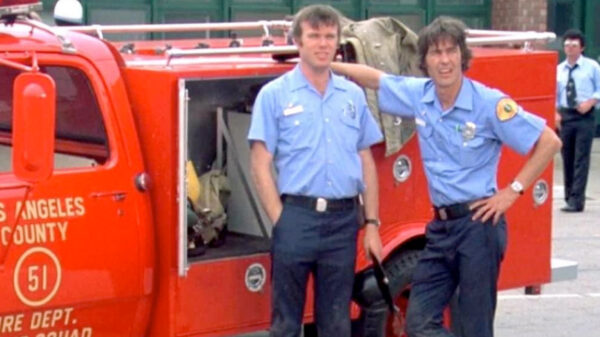
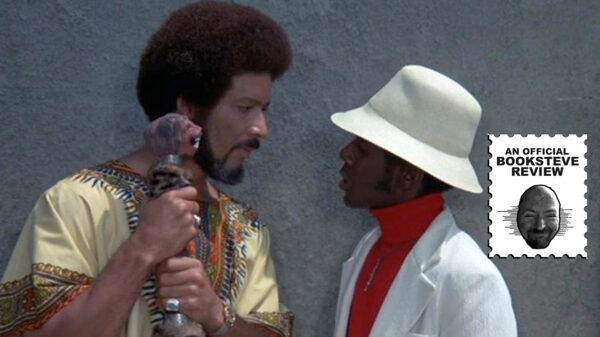
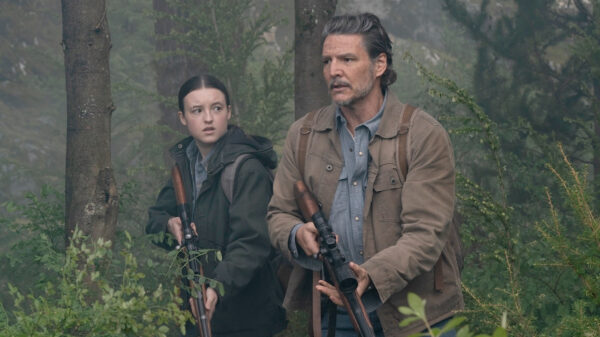




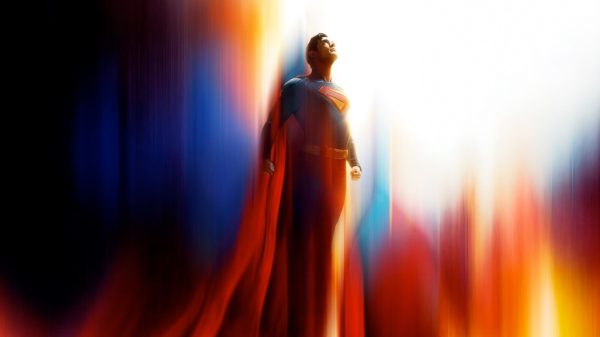
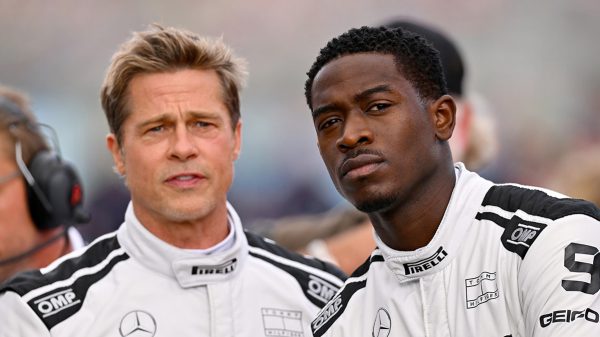





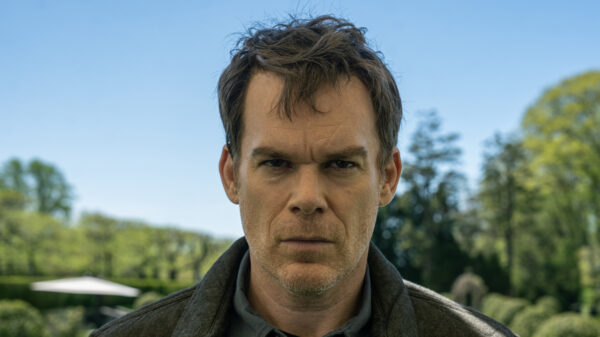
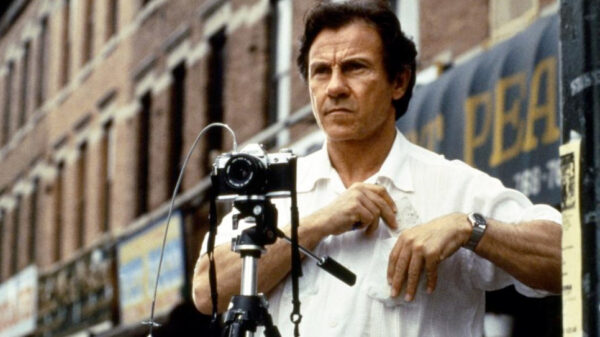
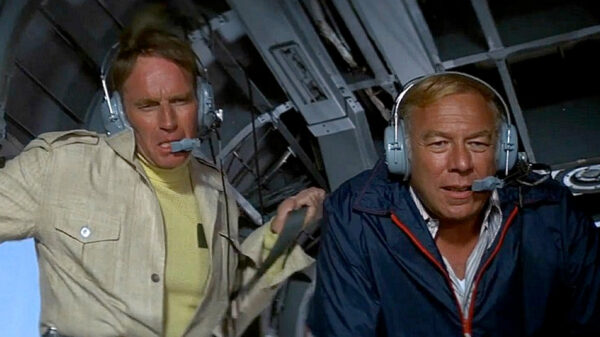
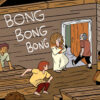
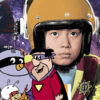
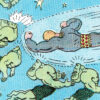
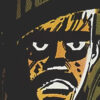
You must be logged in to post a comment Login